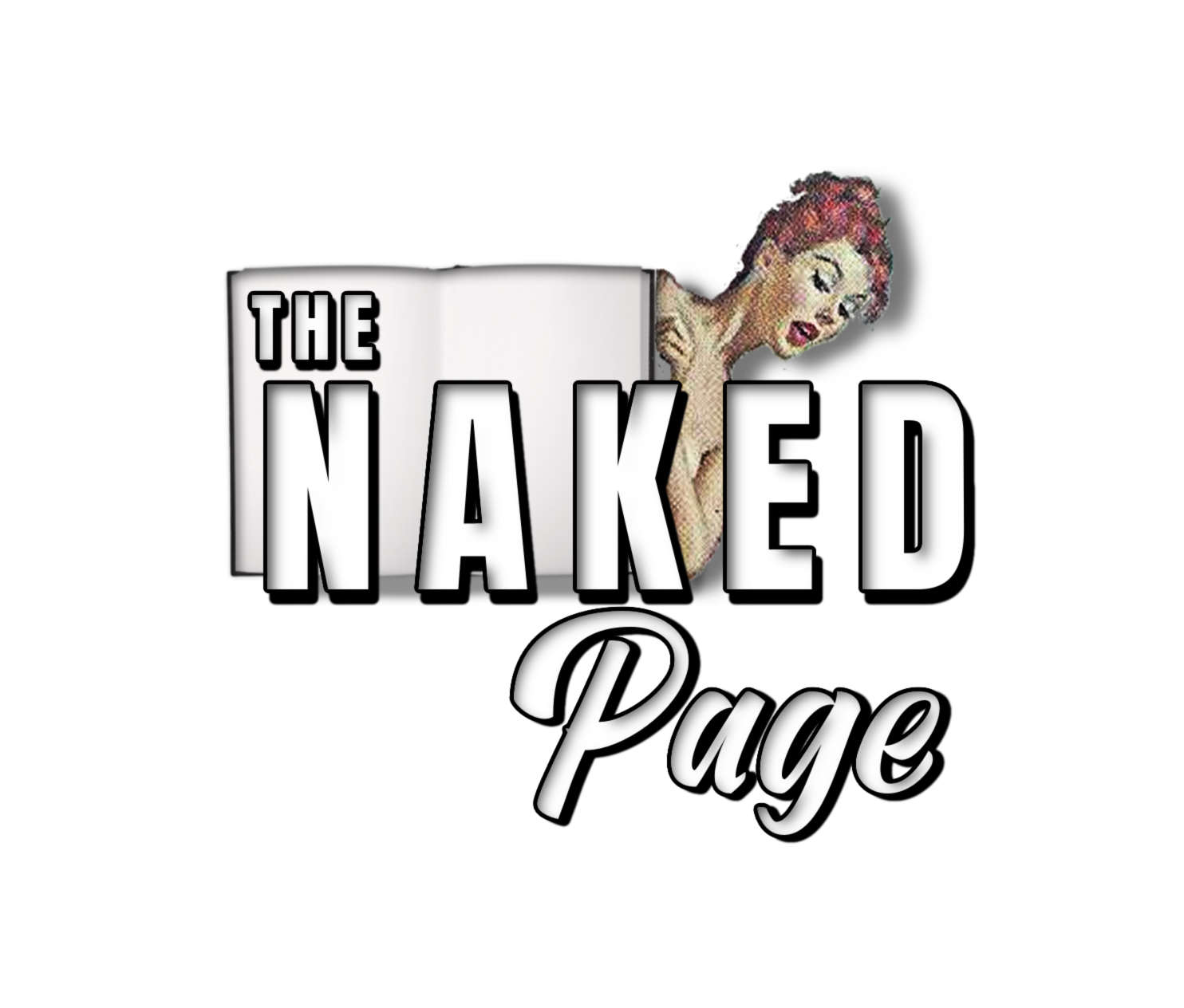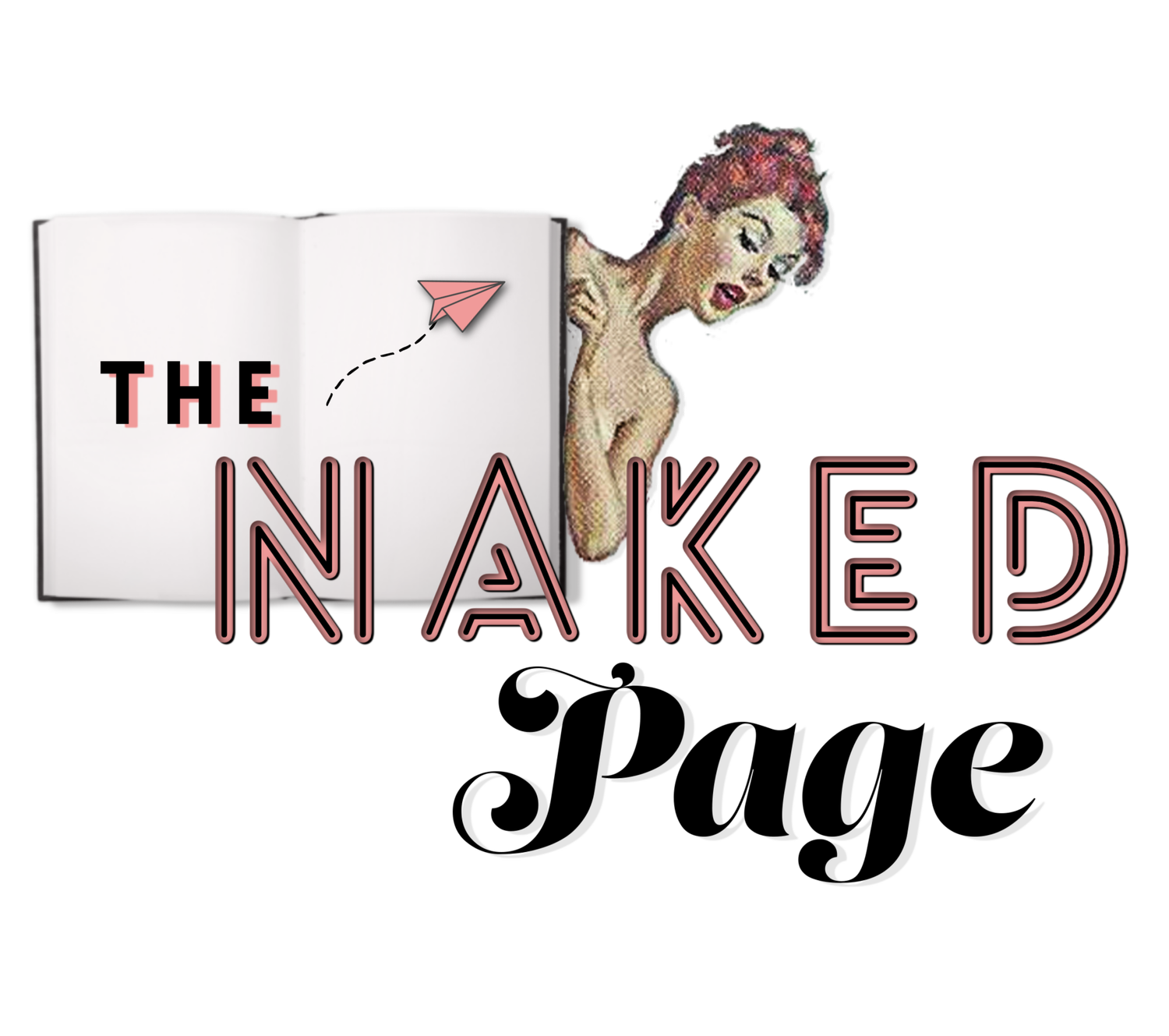Sex, Food, Travel—Writing Teachers
Before I started writing about the writing process, I wrote about… other topics. As a flight attendant, I roamed the country looking for historic landmarks and local cuisine. As an educator, I taught theatre, literature, and lifespan sexuality. Oh yes, I was a sex ed teacher, too!
I’ll never forget teaching a class of mostly middle school boys. This was the award-winning Our Whole Lives: Lifespan Sexuality Education program offered through the Unitarian Universalist Congregation. This wasn’t salacious stuff. It was fact-based and age-appropriate with information aimed at ensuring kids knew about the human body. Biological facts that would help them make informed decisions down the road.
One day standing in front of the class, I had a light bulb moment that the stages of sexual response were nearly identical to the plot line of a story. Of course, I immediately announced this to the class and diagrammed a tame version on the board. I kept it as scientific as I could. Still, my colleagues were hit with giggles.
“They’ll never think about English the same way again,” said one of my co-teachers, a nurse.
Stepping out of my teacher role, I can say literature ain’t for prudes and professionals. It’s bawdy stuff! They don’t call it a climax for nothing. Sex is writing. Writing is sex.
Take a look at any visual representation of the literary plot line.
Do you see how there’s the exposition (that’s the backstory), then there’s an inciting incident that kicks the action into motion? Next, you’ll notice the rising action that eventually reaches a climax. And down we slide with the falling action towards the denouement.
Now, look at the Four Stages of Sexual Response that Masters and Johnson identified in the 1960s.
There’s the excitement stage—that place where things start to heat up (inciting incident). Don’t let the name “plateau” fool you, there is still plenty of stimulation (rising action) happening here, and that stimulation leads to orgasm (climax). And then we fall into the resolution (falling action) and men can go through a refractory period (denouement—the untying).
This reminds me of the time I wrote the phrase “masturbates until orgasm” in my college paper about Equus. I got an A. It was a well-written paper, but I was more amazed that if I stuck to literary ideas, I could get away with intellectualizing smut. Smart smut.
So, what’s the key to keeping your readers interested during the middle of a story? No, not adding extra smut—although that’s fun. You’ve got to keep the momentum building. You can only let your reader level off for so long before you have to reintroduce more friction. Yep, you got it! The writer must provide friction. Tension. Conflict. (I know what you’re thinking… we’re back to the smut again. Hang with me a minute more.)
To prove that I’m not off my rocker, check out Lisa Cron’s book Wired for Story. She’s a thought-provoking writer/editor who believes our stories have a biological basis. Cron says storytelling is built into who we are. She even explains how our brains are designed to share and receive narratives. If you haven’t read this book, you really should!
So, you must find a way to keep introducing difficulties, stress, and friction into your characters’ lives. Nobody wants to read about somebody’s normal day. Perfect is boring. Your readers’ brains will tell them to expect conflict that will ramp up until something monumental happens—a tipping point.
The surest way to kill the flow of a story is to bore your audience. Fall asleep in the middle of sex. You’ve gotta keep introducing friction.
So, when we mention conflict what are we talking about?
Remember those 7 types of conflict from your literature classes?
Person vs. Person: Another person is caught in conflict with your protagonist
Person vs. Society: Your protagonist is pitted against a large group of people or her entire society.
Person vs. Nature: Your protagonist is fighting off a severe cold, her crops are dying, the plague is happening, or she’s being mauled by a bear. Think every episode of Little House on the Prairie.
Person vs. Technology: The robots and computers are taking over the life of your protagonist. Think of every time you can’t stop yourself from logging into Instagram.
Person vs. Fate/Destiny/God: This is when your protagonist is up against forces that are out of her control. Her free will is gone.
Person vs. Supernatural: Here comes the horror movie. This conflict occurs any time your protagonist faces something otherworldly or from beyond the grave.
Person vs. Self: Your protagonist’s internal conflict. Why can’t she finish writing her damn book?
But don’t think all conflict must be heart-pounding car chases and battling monsters. Conflict can be as simple as not being able to find your glasses when you need to get out the door to an important business meeting. Not every single moment needs to hinge on some big climatic scene, but you don’t want to drag your readers through chapter after chapter of backstory where nothing really happens.
“Set the stakes high. Make your protagonist work hard to get to her goals or to fail miserably.”
The #1 sexiest goal for your character: Set the stakes high. Make your protagonist work hard to get to her goals or fail miserably. Have her travel a long journey, whether inward or outward.
When I signed up to take MatadorU’s travel writing program back in 2011, I had no idea that there was a difference between travel writing and travel journalism. Or that learning how to write about travel could impact my memoir and fiction writing, too. But time and again, I’d come back to my travel writing skills as a basis for setting a story. Processing a new destination through a lens that is unbiased and honest is an excellent lesson for all your writing.
I’ve made it a point to stop reading any travel articles that use phrases like “hidden gem.” This cliché tells me nothing about the specialness of the place a writer’s exploring. It’s lazy and tired writing.
“Travel writing can really challenge a writer who is overly grounded in their own vantage point.”
I had to quit using the old version of travel writing. The kind that centers the writer within the destination, while seeing other peoples’ experiences as exotic. This relic of travel writing relies on clichés as a form of shorthand, instead of presenting a fresh perspective on place seen in travel journalism. Travel journalism describes experiences as they truly are. It forces the writer to consider that a place she’s visiting for the first time didn’t just spring into being when she arrived. It’s writing that delves into a rich and dynamic landscape to frame people who are actively a part of that place, not just fodder for touristic photo snapshots.
Travel writing can really challenge a writer who is overly grounded in their own vantage point. I discovered this when I moved to Savannah, Georgia.
How many picturesque accounts were there of the eccentric town? Tons. Travel magazines just loooooooooove to feature Savannah’s architecture around the 22 Squares and the town’s coastal charm. It’s writing for tourists—people who never seek out more than the city center. But nobody touches on the profound division in economic conditions and race relations you see if you veer away from those squares.
Why was no one writing about the immense poverty? Or the people living in the tent city under the bridge to South Carolina? Or the rising HIV rates that lacked funding?
I began writing about those things. It didn’t get my articles published by Conde Nast, but it made me realize who I was as a writer. I wasn’t a tourist describing a beautiful destination. No paint-by-number stuff for me. I used my skills as a travel journalist to convey the realness of a place as I encountered it. And I left my starring role behind, making room to center the location and the people of that place.
You can learn how to do this in your writing, too. It requires you to see place with new eyes. Write your trip to the Eiffel Tower not as a Paris travel cliché but as a brand-new experience that’s never been done before. Show us what it’s like waiting in line to climb the tower but compare the experience with the smallest ant on the concrete beneath you. Describe how he carts away a tiny piece of somebody’s picnic just as you carted off your Mona Lisa knock-off from the Louvre. Or maybe interview a street artist and give us their perspective of the city. Make us see your perspective in a new way.
That is the recipe for original writing and I learned it through traveling.
Speaking of recipes… have you ever noticed how the cooking process with all its ingredients, rules that can’t be broken (sometimes), and kitchen tools also mirrors the writing process?
“We think we know what we’re doing until we get knee-deep into a vat of Coq Au Vin or a freakin’ 26 Chapter book and realize we are so out of our depth that we might as well order takeout and just get drunk.”
After many years of experimental cooking, it dawned on me that I fake a lot about cooking because I don’t always understand the instructions: julienne the carrots, braise the meat. Okay, so I understand those skills now because I’ve taken classes where those techniques were broken down step-by-step. But just craving a dish isn’t enough to prepare the perfect meal.
Writing is no different than cooking. We think we know what we’re doing until we get knee-deep into a vat of Coq Au Vin or a freakin’ 26 Chapter book and realize we are so out of our depth that we might as well order takeout and just get drunk.
You can certainly do that, but it won’t get you any closer to feasting on your finished first novel. Instead, we need to go back to the beginning, break steps down, take some classes, or investigate techniques on the internet. Whatever works so we don’t end up burning dinner or trashing our own prose. In time we learn to see both cooking and writing as a craft that can be learned.
Could you benefit from a recipe on how to edit your manuscript? A clear guide that leads you through the various macro edits that need to be adjusted during the developmental phase or the micro revisions of line editing?
Check here to review each phase of the writing process.
What would your writing life be like now, if instead of being told to read the Great Gatsby, you were shown the red-marked manuscript pages of F. Scott? But we never got to see his process, did we? I believe this is why so many new authors struggle to structure their creative writing. They are crying out for a writing process, but they have no model to emulate.
To do this, you’ll need to start gathering various elements into your creative toolbox to devise your own writing process. How? By gobbling up all the info I’m sending your way. Stay tuned.
For now, think about this: what other activities or experiences do you engage in that could easily translate into developing your writing process? Could your time as an admin assistant help to create spreadsheets to track your writing projects? Could your science background help you create precise outlines and organizational charts prior to structuring your free writing into chapters? Don’t underestimate those activities as teaching tools. Writing is a craft. And it has transferable skills as much as any business.
What skills from other arts, crafts, businesses, or sciences will you apply to your writing process?


